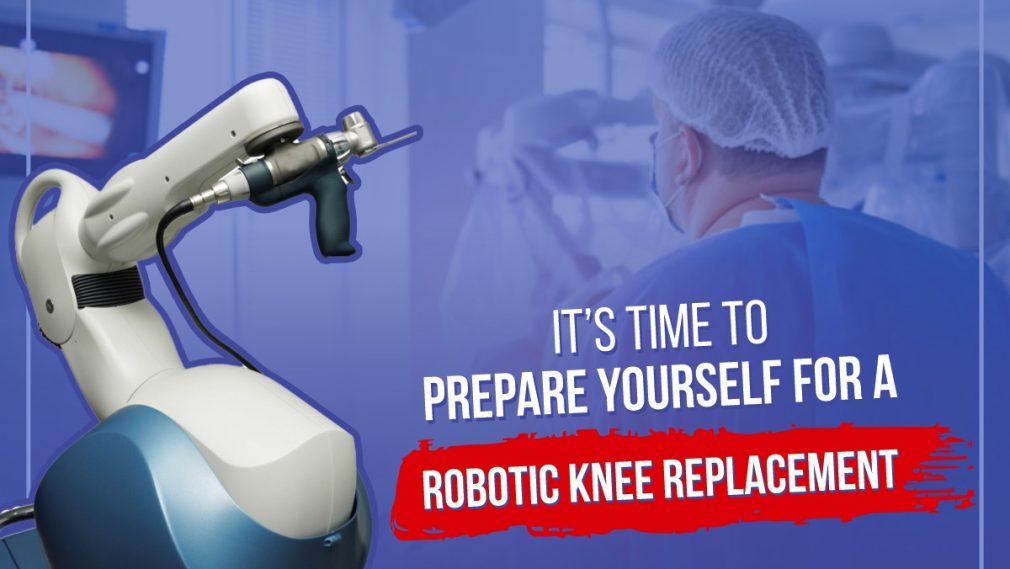10 Medical Ways to Stay Motivated Through Post-Knee Replacement Rehabilitation
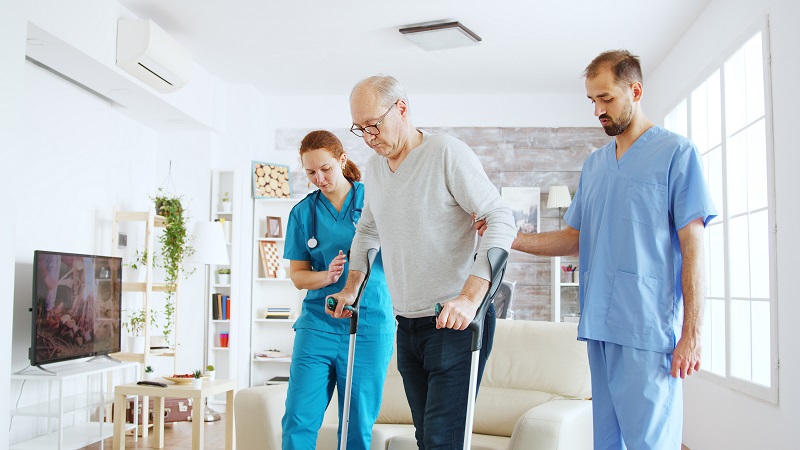
Knee replacement surgery is a common procedure that can improve mobility and reduce pain for those with severe knee damage or arthritis. While the surgery itself is often successful, the rehabilitation process can be challenging and requires a significant amount of effort and patience from the patient. It’s common for patients to experience setbacks and frustrations during the recovery process, which can make it difficult to stay motivated and committed to the rehabilitation program.
It’s essential to keep up with the physical therapy regimen, manage pain levels, and stay positive throughout the process. So…What are some practical ways to stay motivated during the post-knee replacement rehabilitation process? Why is it essential to stay motivated during the recovery process after knee replacement surgery?
This article outlines ten practical ways or tips for recovering from knee surgery to stay motivated during the knee replacement recovery process. These tips can help patients stay focused and motivated, reduce stress levels, and improve overall well-being during the recovery process.
1. Don’t skip out on physical therapy:
Physical therapy is an essential aspect of knee replacement recovery tips. After knee replacement surgery, the muscles around the knee joint weaken, and the patient may experience limited mobility, pain, and swelling. Physical therapy helps in restoring strength, flexibility, and range of motion in the knee joint. The therapy program usually includes exercises that target the muscles around the knee joint and improve overall joint function. Skipping physical therapy sessions can cause the muscles to weaken further, leading to longer recovery times, and potentially limiting the range of motion in the joint.
2. Use a walker:
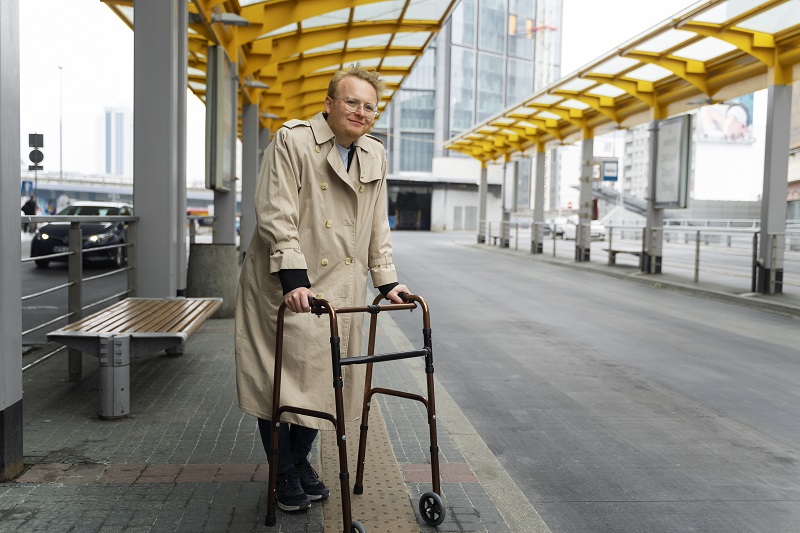
After knee replacement surgery, patients may experience difficulties with walking and balance. A walker is a helpful tool that provides stability and support, reducing the risk of falls and injury. Using a walker also reduces the load on the knee joint, allowing the patient to move around more comfortably. Patients who use a walker in the early stages of recovery may find that they can progress to other assistive devices, such as crutches or a cane, sooner.
3. Routines provide comfort:
Duringafter-knee replacement care, patients may experience a sense of uncertainty and anxiety. Establishing a routine is one of the most knee replacement recovery tips that can provide structure and help patients feel more in control. It’s essential to have a plan in place for daily activities, including physical therapy exercises, rest, and leisure time. A consistent routine also ensures that patients receive adequate rest and avoid overexertion, which can slow down the recovery process.
4. Keep track of progress:
Keeping track of progress can help patients stay motivated and provide a sense of accomplishment as they reach milestones in their recovery. Patients can track progress by recording how long they can walk, the range of motion in their knee, and the reduction in pain levels. Tracking knee replacement recovery time can also help identify any areas that need improvement and adjust the rehabilitation program accordingly.
5. Don’t go out alone:
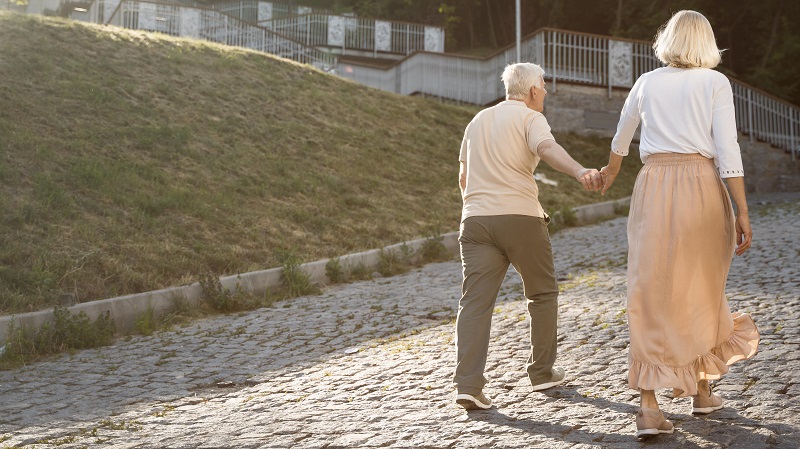
After knee replacement surgery, patients may feel isolated, leading to feelings of depression and anxiety. Staying connected with friends, family, or a support group can help reduce feelings of isolation and provide emotional support during the recovery process. Additionally, going out with someone can help reduce the risk of falls and injury and ensure that the patient receives the necessary assistance if needed.
6. Keep in touch:
Staying in touch with support groups, friends, and family can provide emotional support and motivation during recovery. Support groups can be a valuable resource for patients, providing information and advice on rehabilitation, and helping patients connect with others who have gone through a similar experience. This is one of the key knee replacement recovery tips that every orthopedician asserts.
7. Take a break:
During their after-knee replacement care, patients may feel the urge to push themselves too hard to reach their rehabilitation goals quickly. However, overexerting oneself can cause fatigue, muscle soreness, and potentially delay recovery. Taking breaks, pacing oneself, and avoiding overexertion can help reduce the risk of burnout and setbacks.
8. Accept help:
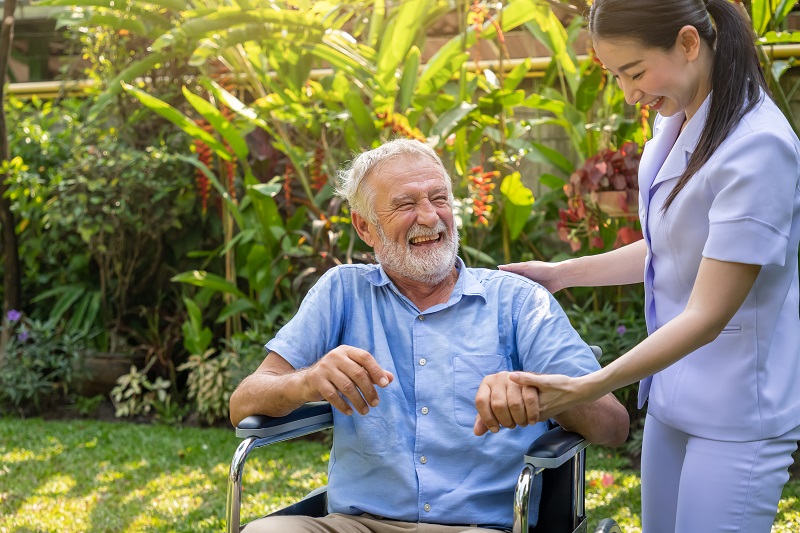
Patients should not hesitate to accept help from friends, family, or healthcare providers during the recovery process. Accepting help during the after-knee replacement care, can reduce stress, provide emotional support, and make the recovery process more manageable. Friends and family can help with household tasks, while healthcare providers can provide assistance with rehabilitation exercises and pain management.
9. Yoga helps you to stay motivated:

Yoga can be a beneficial addition to the rehabilitation program after knee replacement. It can help improve strength, flexibility, and balance, and reduce stress and anxiety levels. Yoga poses can target the muscles around the knee joint, promoting healing and reducing pain levels. Additionally, the relaxation techniques via knee replacement recovery tips practiced in yoga can help patients feel more at ease and improve sleep quality.
10. Prep beforehand to focus on healing:
Preparing for the recovery process before knee replacement surgery can help reduce stress and improve overall well-being. Patients can create a comfortable recovery space, stock up on healthy foods
In conclusion, knee replacement is a major procedure that requires a significant amount of recovery time. The rehabilitation process can be challenging, and it’s essential to stay motivated to ensure a successful recovery. The 10 tips for recovering from knee surgery – outlined in this article provide patients with practical ways to stay motivated throughout the knee replacement recovery time.
By implementing these tips, patients can ensure a smoother and more successful recovery process after knee replacement surgery. Remember to always consult with a healthcare professional before starting any new rehabilitation program.





